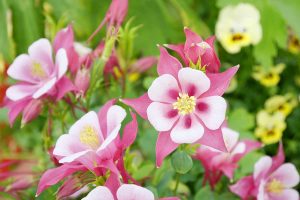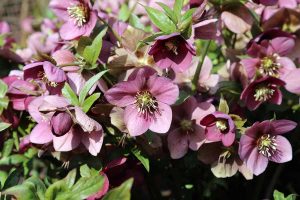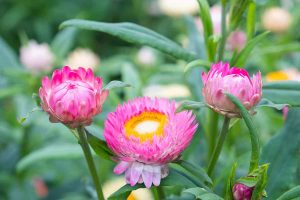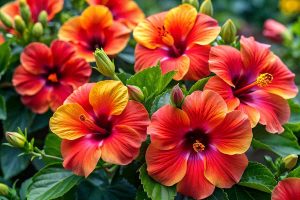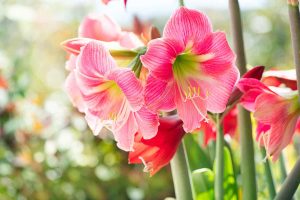There’s something about Hawaiian flowers that grabs your attention—bright, bold, full of life. But beyond the petals and colors, there’s rich meaning, tradition, and story. If you’ve ever wanted to go deeper than just “that one looks nice,” this is your floral crash course about Hawaiina flowers.
Table of Contents
- Hawaiian Flowers
- Hibiscus (Hibiscus rosa-sinensis)
- Plumeria (Frangipani)
- Bird of Paradise (Strelitzia reginae)
- Anthurium
- Naupaka
- Pikake (Jasmine sambac)
- Ohia Lehua
- Tuberose
- Puakenikeni
- Orchids (Dendrobium & Other Varieties)
- Red Ginger (Alpinia purpurata)
- Heliconia
- Ti Plant (Cordyline fruticosa)
- Kukui Blossom
- Ilima (Sida fallax)
- Crown Flower (Calotropis gigantea)
- Ma’o Hau Hele (Hibiscus brackenridgei – Hawaii State Flower)
- Blue Jade Vine
- Lokelani (Damask Rose – Maui’s Official Flower)
- Haleconia Caribaea
- Torch Ginger (Etlingera elatior)
- Uluhe Fern
- Hawaiian Gardenia (Nanu)
- Spider Lily (Crinum asiaticum)
- Awapuhi (Shampoo Ginger)
Hawaiian Flowers
Hawaiian flowers are known for their vibrant colors, unique shapes, and cultural significance. They play an essential role in local traditions and customs. Each flower has its own story and adds to Hawaii’s unique botanical landscape.
Hibiscus (Hibiscus rosa-sinensis)
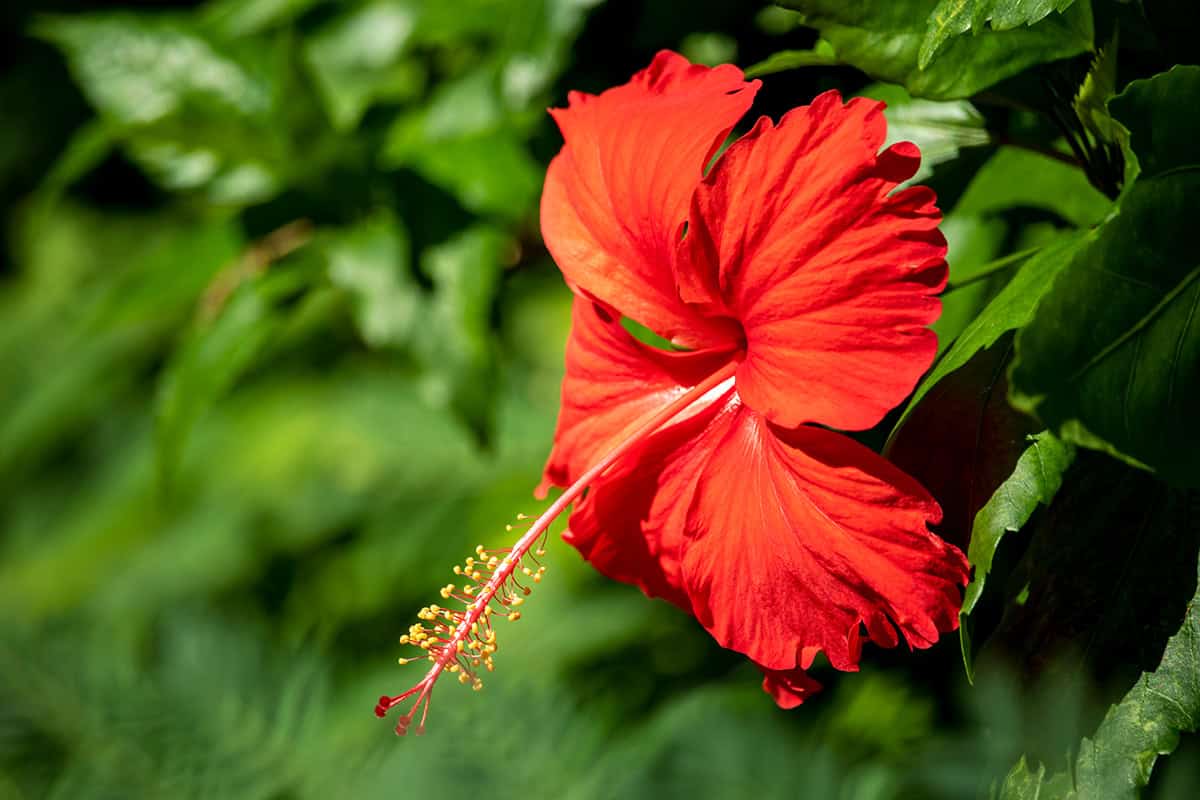
You’ll find the Hibiscus in vibrant shades like red, pink, yellow, and white. It’s often used in leis or worn behind the ear. This flower symbolizes delicate beauty. It’s a popular choice among locals and tourists. Hibiscus blooms year-round and loves sunshine. You’ll spot it easily due to its bold, wide petals and dark center. Effective for tropical landscaping, Hibiscus serves both ornamental and practical uses.
Plumeria (Frangipani)
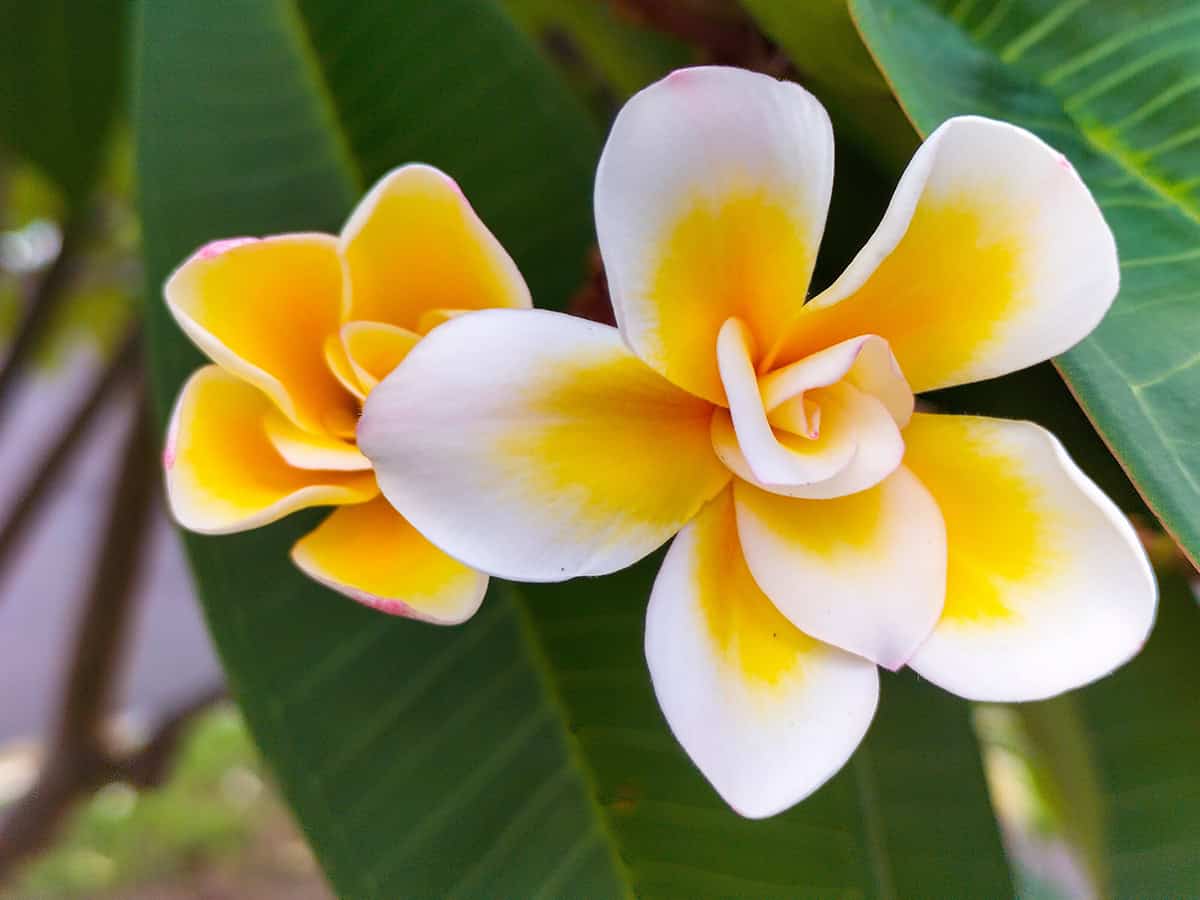
Plumeria enchants with its sweet fragrance and soft, delicate petals. Found in colors like white, pink, and yellow. In Hawaiian culture, it’s a symbol of positivity and grace. You’ll find it in leis and hair adornments. Prefers well-drained soil and plenty of sunlight to thrive. Its flowers bloom from spring to fall, offering prolonged beauty. Ideal for both gardens and personal adornment.
Bird of Paradise (Strelitzia reginae)
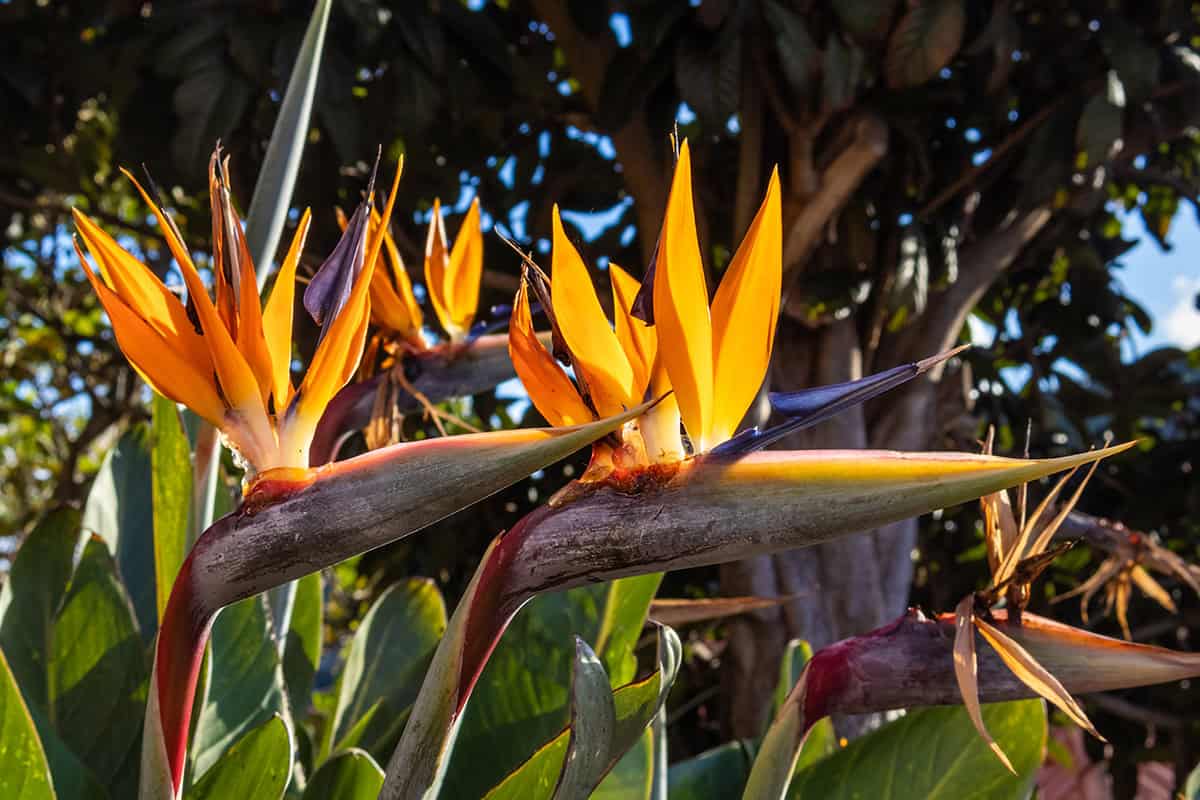
With its striking orange and blue flowers, Bird of Paradise captures your attention immediately. Its shape resembles a bird in flight. Popular for ornamental purposes, you’ll often see it in public gardens. Thrives in sunny environments. Used to invoke feelings of paradise and exotic allure. Requires minimal maintenance but benefits from regular watering. A symbol of joy and paradise in Hawaiian culture.
Anthurium
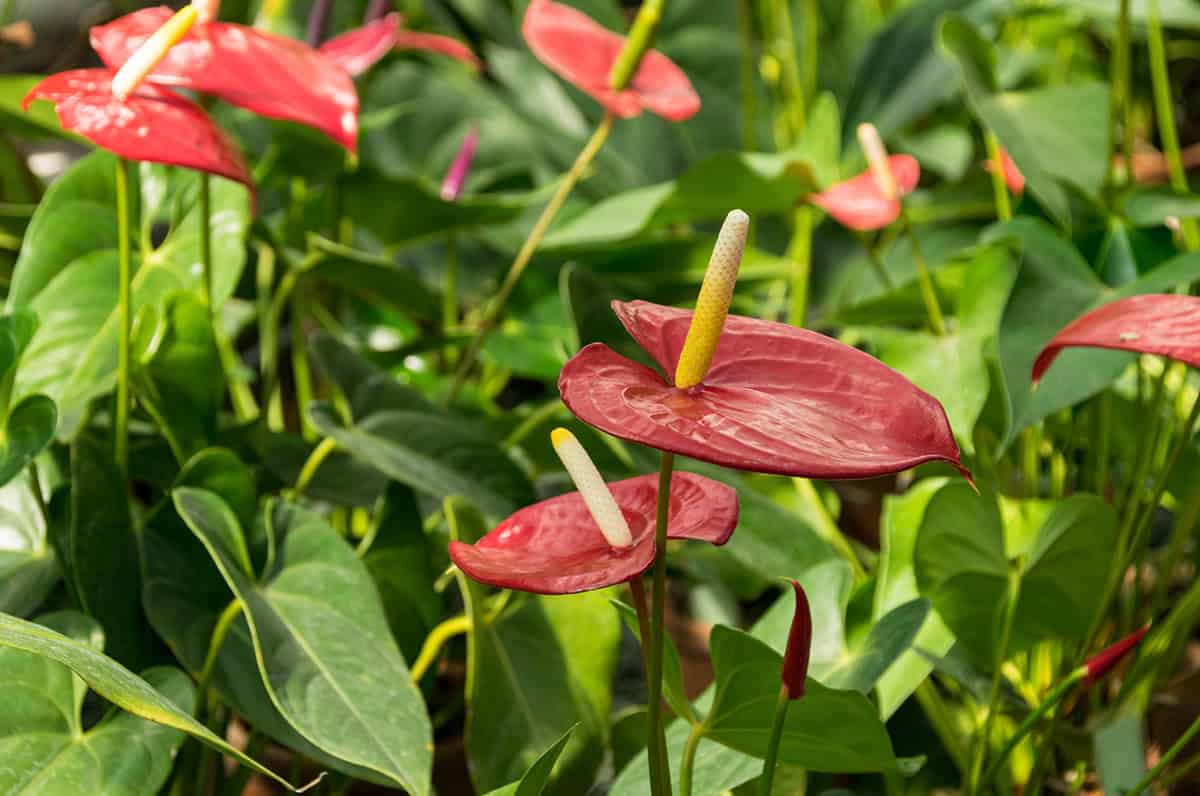
Anthurium stands out with its glossy, heart-shaped leaves and bright red flowers. Common in Hawaiian gardens. Known as the flamingo flower due to its vivid coloring. Likes humid conditions and indirect sunlight. Practical for both indoor and outdoor decoration. You’ll find it in floral arrangements and used in hospitality settings. A lasting emblem of warmth and welcoming nature.
Naupaka
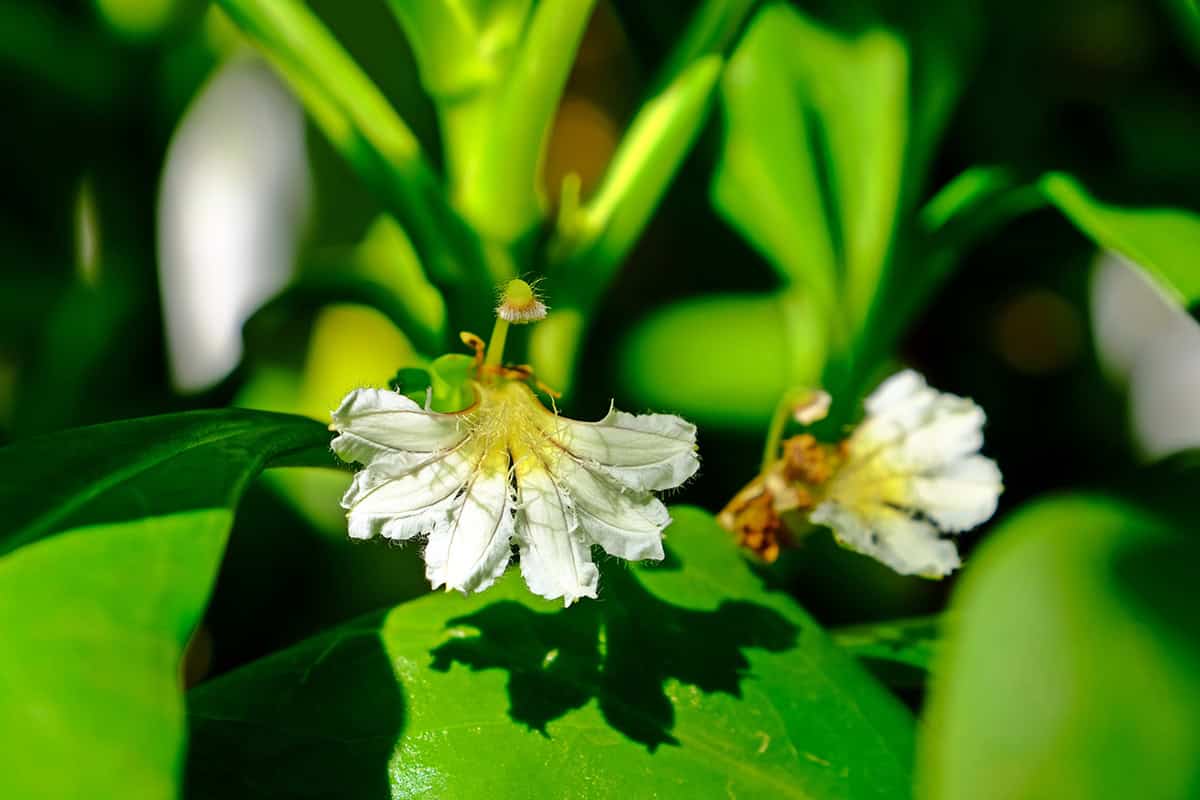
Unique in its half-flower shape, Naupaka tells a story of love and separation. Found both near the beach and in the mountains. Its flowers have white petals and grow in clusters. Known for its folklore significance, you’ll recognize it easily. Offers soil stabilization benefits in coastal areas. Requires little care, making it practical for landscaping.
Pikake (Jasmine sambac)
Pikake, with its sweet, intoxicating scent, stands as a favorite for leis. Its small white flowers symbolize love and romance. You’ll find it blooming mainly during the summer. Prefers well-drained soil and ample sunlight. Known for its cultural importance, too. Thrives in warm climates and needs minimal care. Widely used in perfumes and personal adornment.
Ohia Lehua
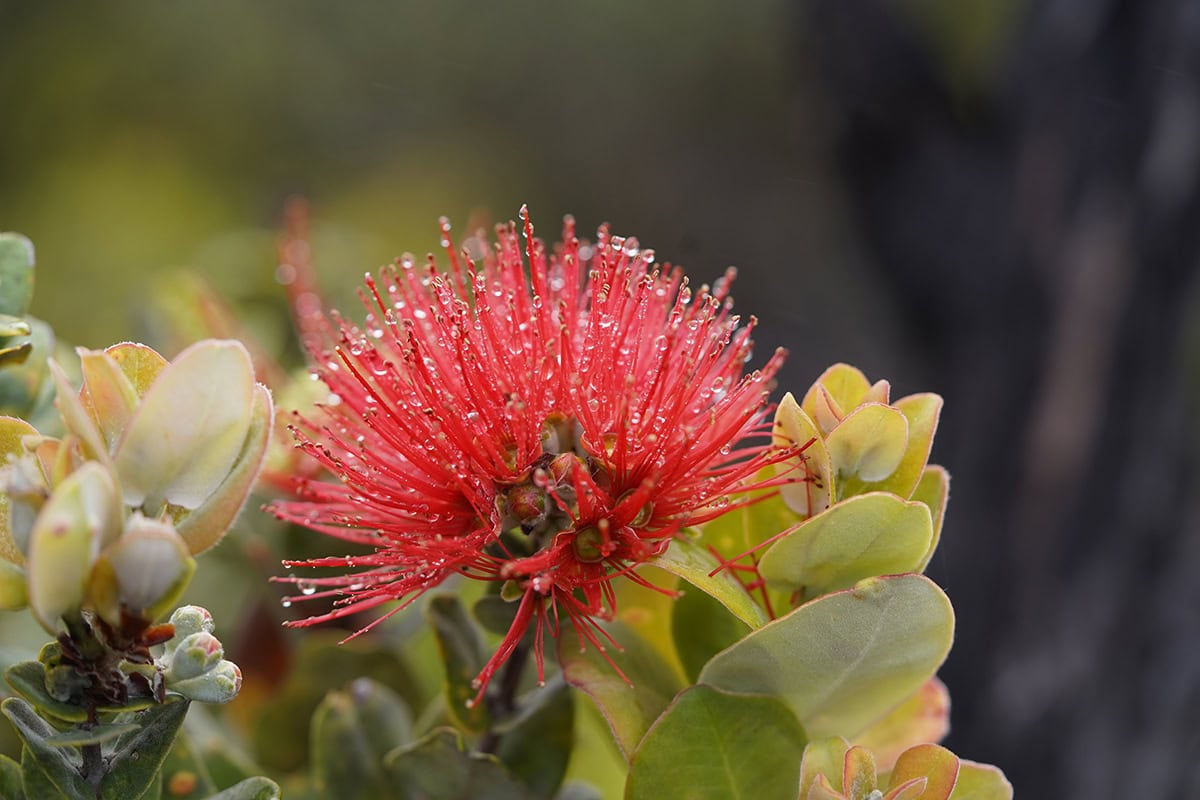
Ohia Lehua fascinates with its red, brush-like flowers. A symbol of Hawaii’s volcanic landscapes. It enriches the local ecosystem. Attracts native birds like the honeycreeper. Grows in a variety of environments, even in lava fields. Known for its resilience and beauty. Plays a crucial role in traditional Hawaiian mythology.
Tuberose

Tuberose captivates with its rich, sweet fragrance and white blooms. Blooming at night, it adds a mystical touch. Frequently used in leis and bouquets. Requires well-drained soil and full sunlight to thrive. Its scent is popular in perfumes. Often associated with elegance and sensuality. Grows best in tropical and subtropical climates.
Puakenikeni
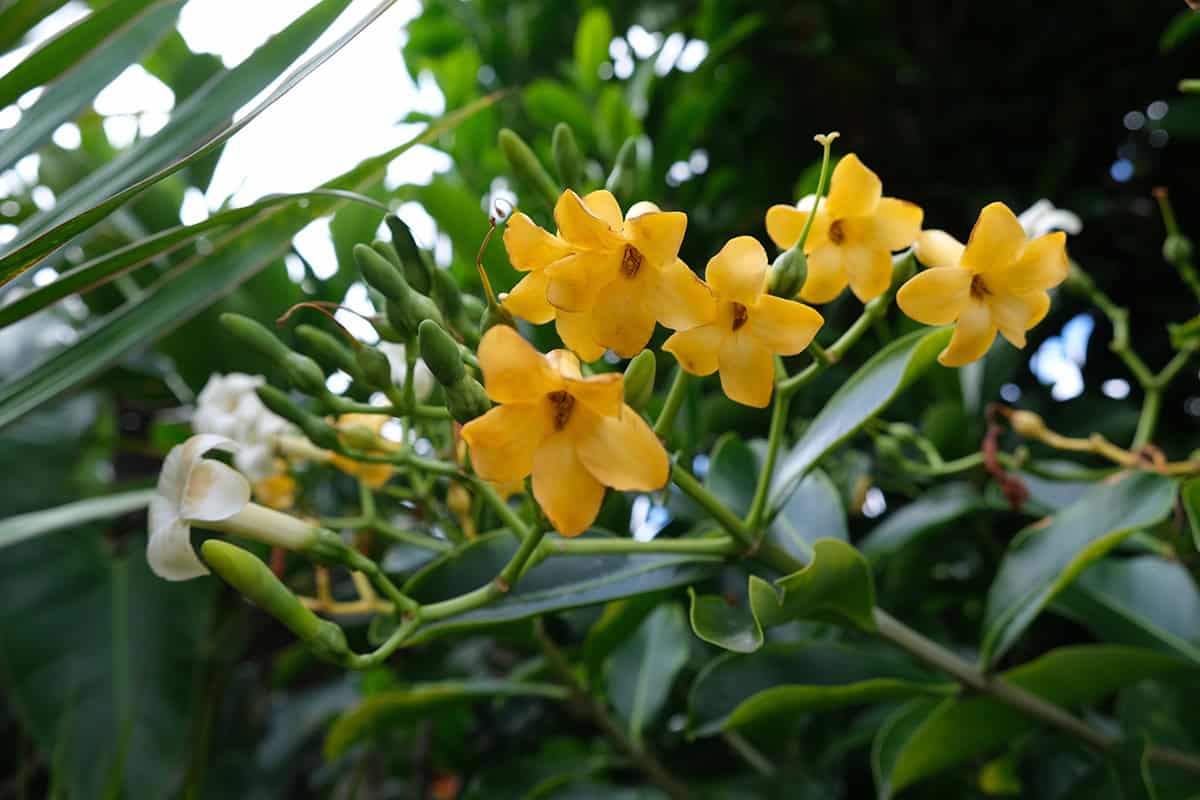
Puakenikeni offers star-shaped, fragrant flowers that change color over time. Used extensively in leis to convey love and gratitude. You’ll find it in warm, sunny environments. Well-loved for its pleasant scent. Blooms from summer to fall. Known for its adaptability and ease of care. Adds a charming touch to any floral arrangement.
Orchids (Dendrobium & Other Varieties)
Orchids are a symbol of beauty and exotic elegance. Found in various colors and shapes. Needs a stable environment to thrive. Often seen in leis and floral decorations. You’ll appreciate its long-lasting blooms. Requires minimal water but appreciates humidity. Offers a sophisticated touch to any setting.
Red Ginger (Alpinia purpurata)
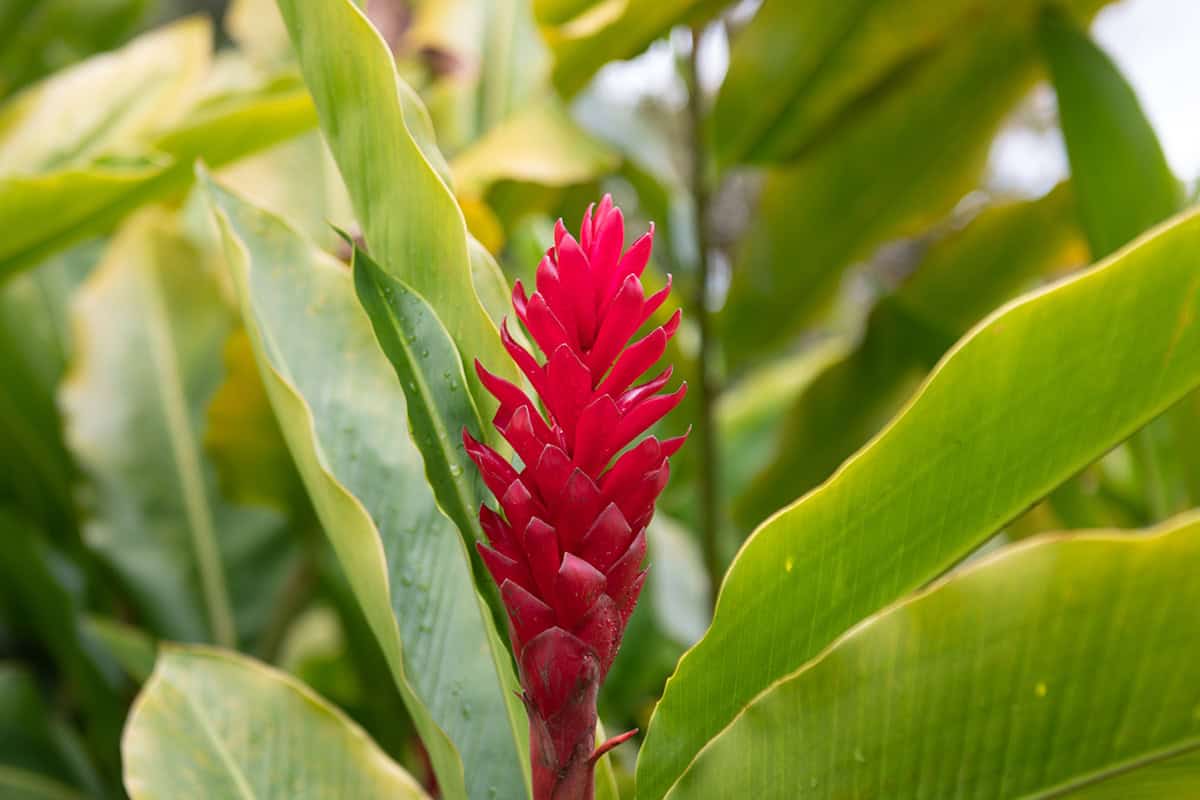
Red Ginger stands tall with its bright red cones and lush leaves. Thrives in warm, humid climates. Ideal for tropical landscaping. Often used for ornamental purposes and floral arrangements. You’ll admire its striking appearance. Requires consistent moisture and partial sunlight. A symbol of fiery passion and energy.
Heliconia
Heliconia’s bold, colorful bracts make it a visual masterpiece. Found in vibrant shades of red, orange, and yellow. It attracts birds and pollinators. You’ll see it commonly in Hawaiian gardens. Prefers shady, moist habitats. Known for its dramatic look and tropical appeal. Offers both beauty and biological value to local ecosystems.
Ti Plant (Cordyline fruticosa)
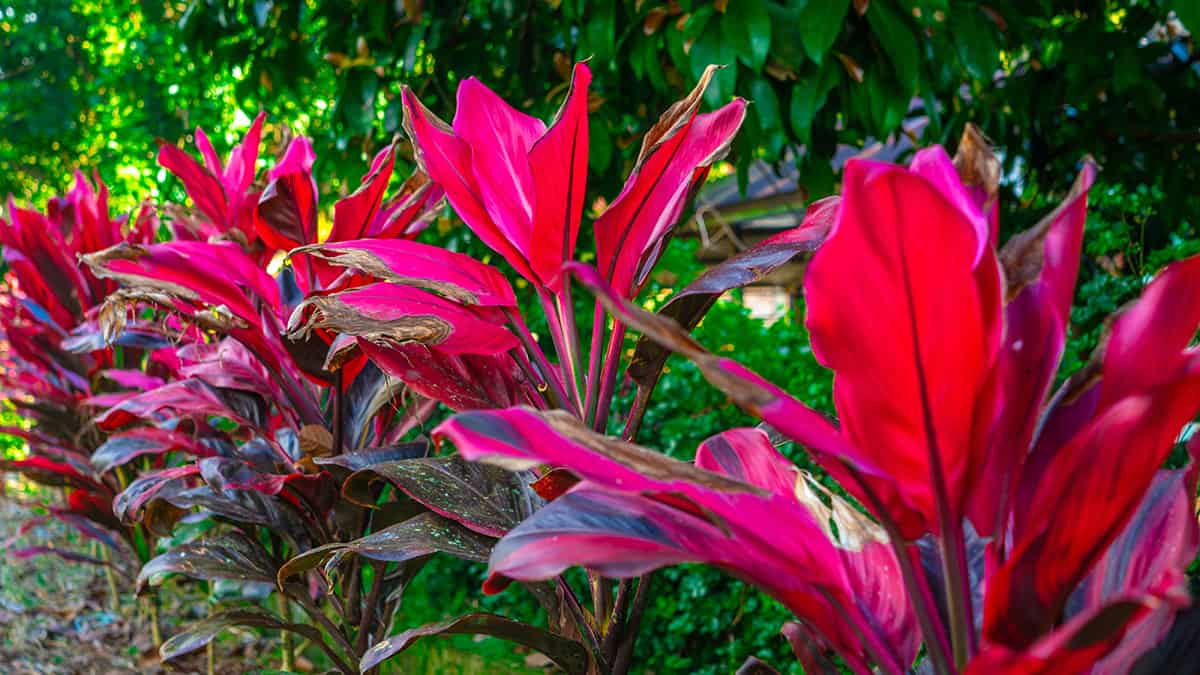
Ti Plant offers both beauty and traditional significance. Used for leis, ceremonies, and decorations. Its leaves range in color from green to red. Easy to grow, requiring minimal care. Used in cultural rituals for protection and luck. You’ll find it in gardens and landscapes throughout Hawaii. Represents prosperity and good fortune.
Kukui Blossom
Kukui Blossom, with its delicate white flowers, holds cultural importance. Known for being Hawaii’s state tree flower. You’ll find it used in leis and jewelry. The tree is also significant for its nuts and oil. Offers soothing properties in traditional medicine. Known for its adaptability. Culturally seen as a symbol of enlightenment and protection.
Ilima (Sida fallax)
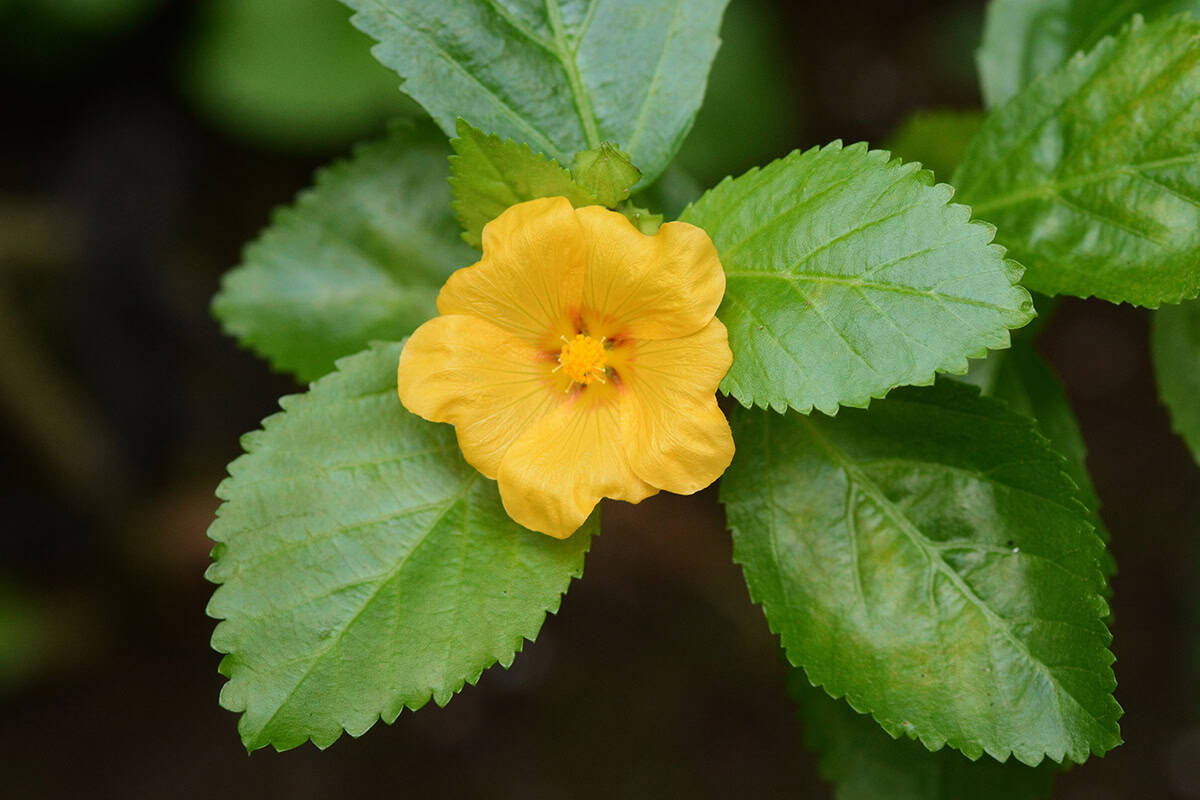
Ilima displays small, yellow blossoms perfect for crafting leis. It grows well in dry, sandy soil. You’ll find it used in Hawaiian ceremonies. Known for its subtle beauty and cultural significance. Its leaves and flowers have traditional uses. Drought-resistant, making it ideal for Hawaiian landscapes. Symbolizes love and respect.
Crown Flower (Calotropis gigantea)
Crown Flower features star-shaped white or purple blooms. Known for its role in creating leis for royalty. Requires sunlight and well-drained soil. You’ll find it gracing gardens and ceremonies. Attracts butterflies and pollinators, contributing to biodiversity. Holds cultural significance as a symbol of royalty and prestige. Practical for ornamental gardening.
Ma’o Hau Hele (Hibiscus brackenridgei – Hawaii State Flower)

Hawaii’s state flower, Ma’o Hau Hele, is cherished for its bright yellow blooms. Thrives in tropical settings with full sunlight. Known for its vibrant beauty and easy growth. You’ll often see it in leis and celebrations. Holds ecological importance by attracting native birds. Easily recognizable for its unique color. A symbol of Hawaiian natural beauty and pride.
Blue Jade Vine
Blue Jade Vine captures attention with its unique turquoise flowers. Perfect for trellises and pergolas. It prefers warm, moist environments. You’ll be amazed by its striking beauty. Maintains its vibrant color even after the bloom. Requires substantial sunlight and humidity. Recognized for its captivating and rare appearance.
Lokelani (Damask Rose – Maui’s Official Flower)
Lokelani charms with its fragrant, classic rose blooms. Known as Maui’s official flower. Ideal for gardens and floral arrangements. You’ll appreciate its timeless appeal. Requires regular watering and sunshine. Symbolizes love, elegance, and beauty. Offers both visual and aromatic delight.
Haleconia Caribaea
Haleconia Caribaea brings exotic elegance to any landscape. Features colorful, large bracts. You’ll often see it in public and private gardens. Thrives in humid, tropical areas. Offers visual interest with its towering height. Attracts birds and pollinators. You’ll find it stands out as a garden centerpiece.
Torch Ginger (Etlingera elatior)
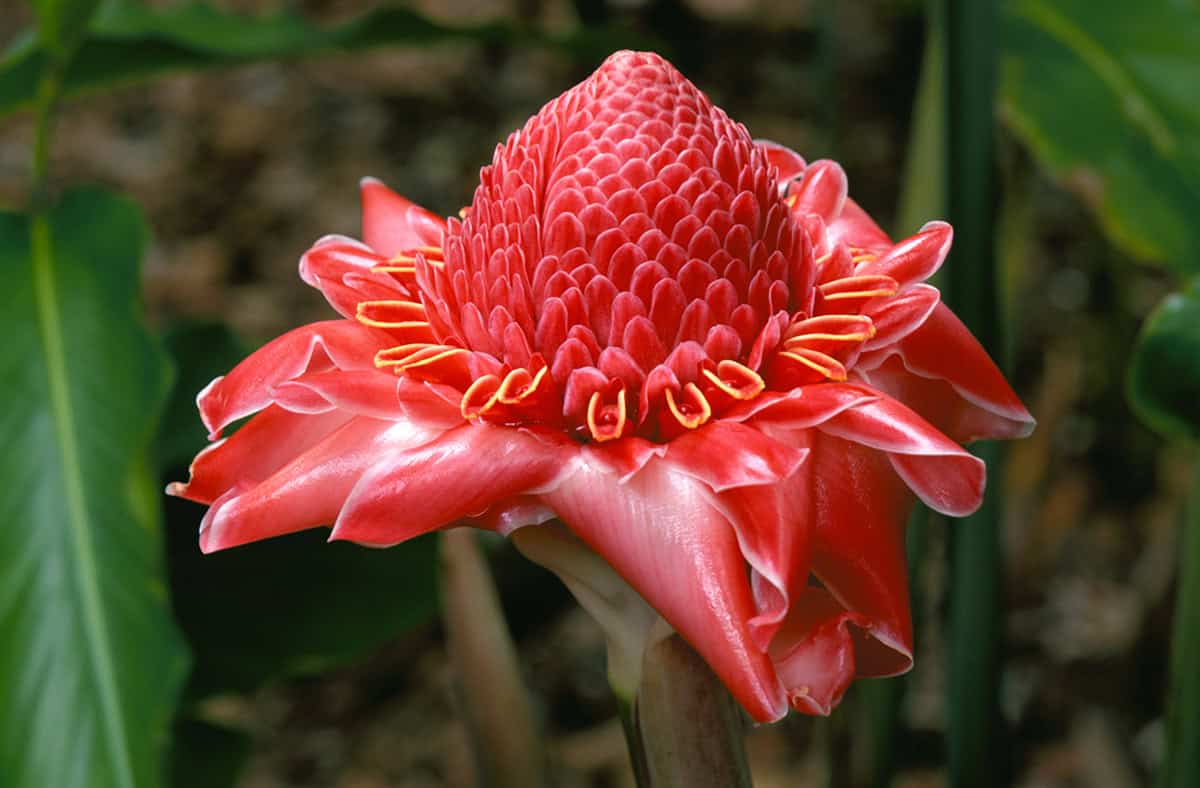
Torch Ginger dazzles with its striking, torch-like flowers. Loves deeply moist, fertile soil. Frequently used in tropical arrangements. You’ll admire its bold colors and height. Known for its dramatic impact in garden design. Needs regular watering and protection from direct sunlight. Symbolizes strength and vitality.
Uluhe Fern
Uluhe Fern presents a lush, green presence in Hawaiian forests. Known for its unique spiral growth pattern. Prefers shaded, moist habitats. Offers ecological benefits by stabilizing soil. Known for its resilience in various environments. You’ll recognize it for its delicate yet robust nature. Often used in traditional Hawaiian ceremonies.
Hawaiian Gardenia (Nanu)
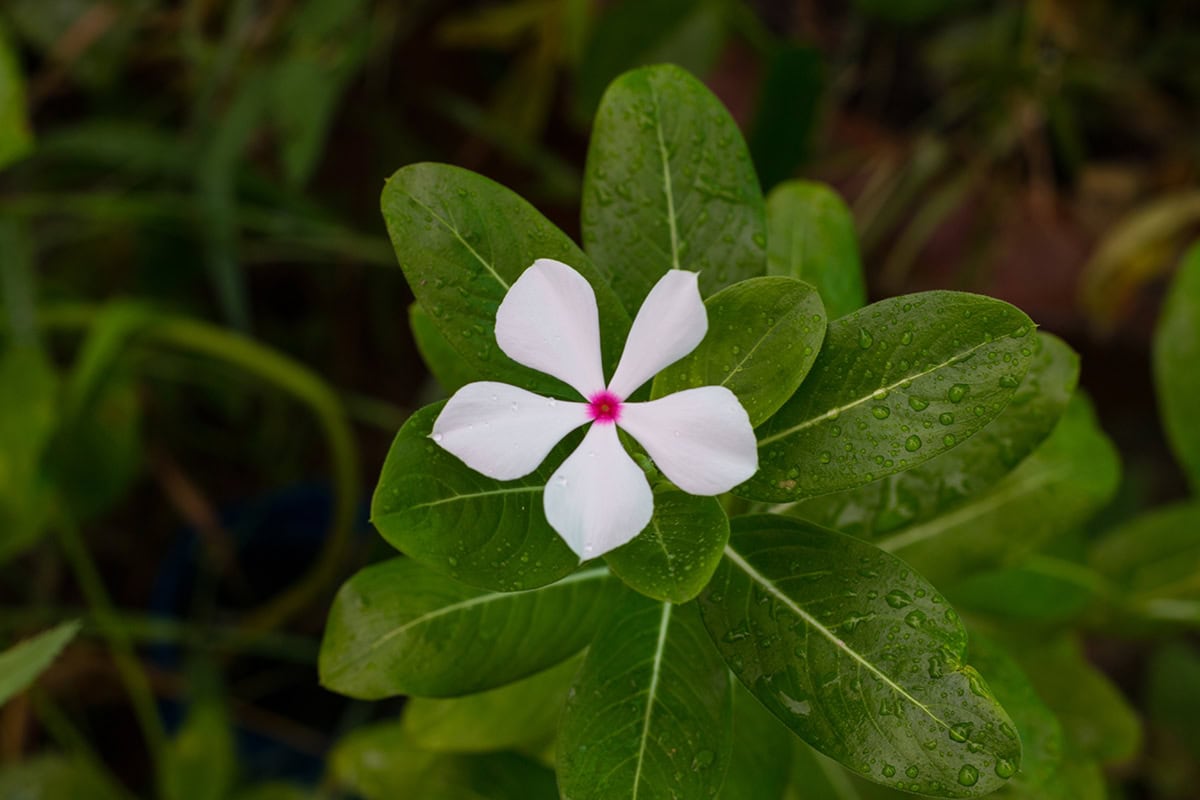
Hawaiian Gardenia, or Nanu, emits a sweet fragrance and creamy white flowers. Elegant in both appearance and aroma. You’ll find it popular in leis and bouquets. Prefers well-drained soil and partial sunlight. Symbolizes purity and beauty. Thrives in tropical climates with minimal care. Offers a delightful sensory experience.
Spider Lily (Crinum asiaticum)
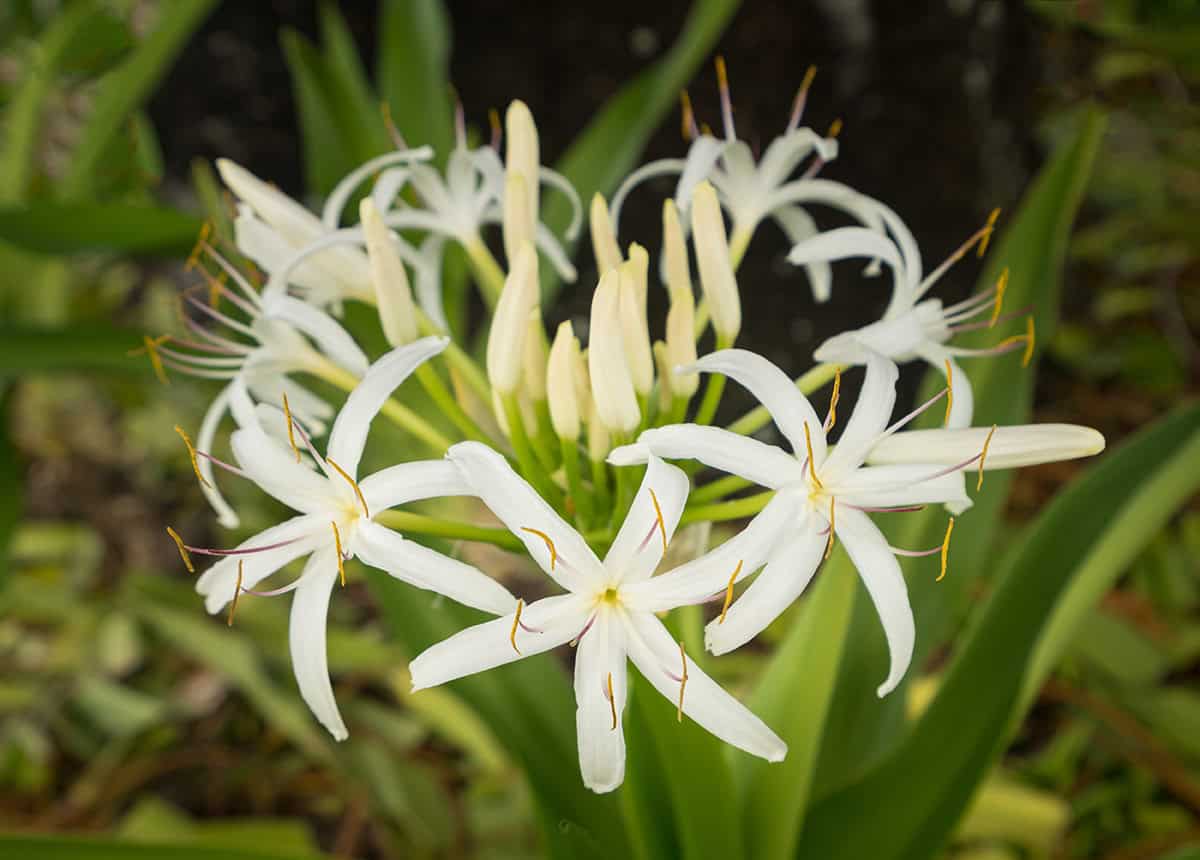
Spider Lily features dramatic, fragrant white flowers. Recognizable by its long, slender petals. Likes full sun and moist conditions. You’ll see it often in Hawaiian landscapes. Attracts pollinators and offers ecological value. Known for its charming display and easy maintenance. Often used in garden borders and naturalized plantings.
Awapuhi (Shampoo Ginger)
Awapuhi is celebrated for its distinctive cones filled with fragrant liquid. Known as Shampoo Ginger for its use in hair care. Requires moist, shaded areas to thrive. Often used in traditional Hawaiian medicine. You’ll find it both functional and decorative. Known for its versatility in personal care and garden aesthetics. Offers a refreshing and soothing experience.

